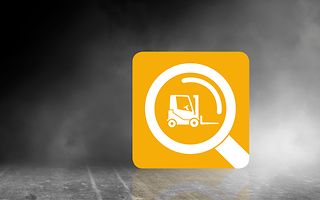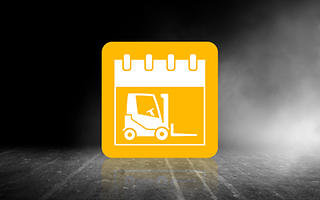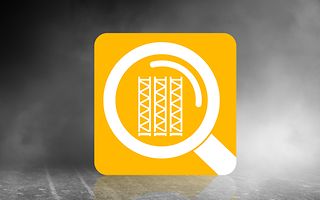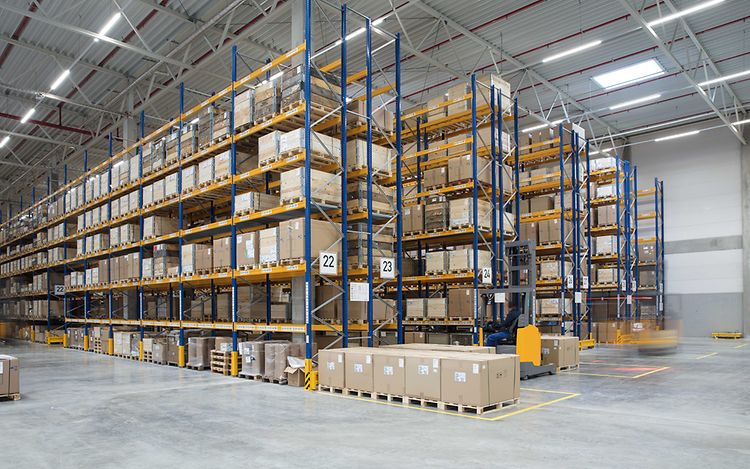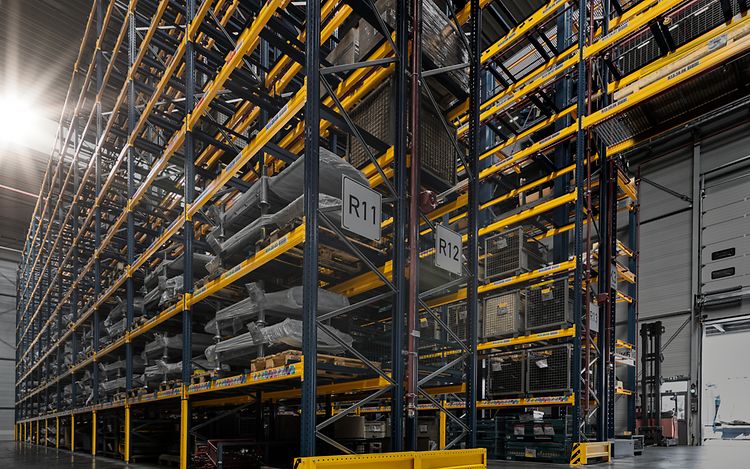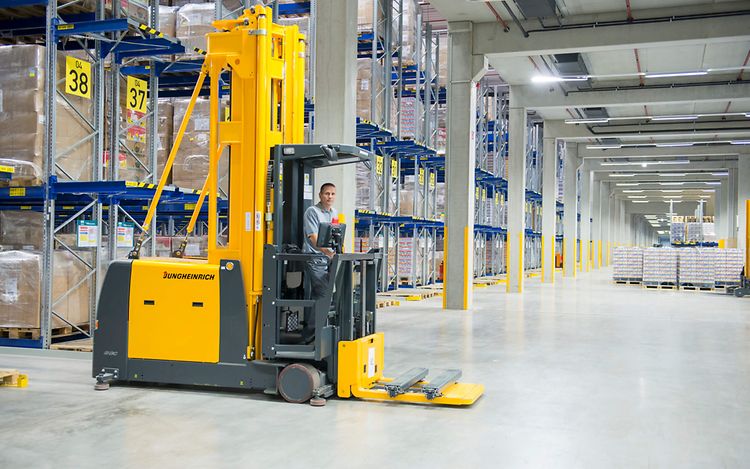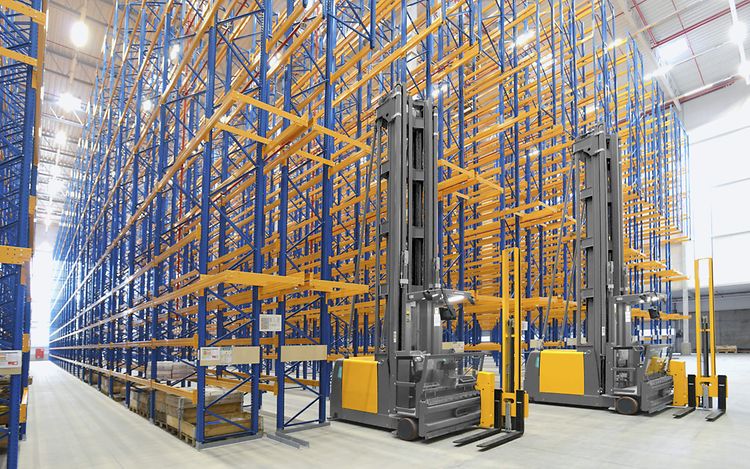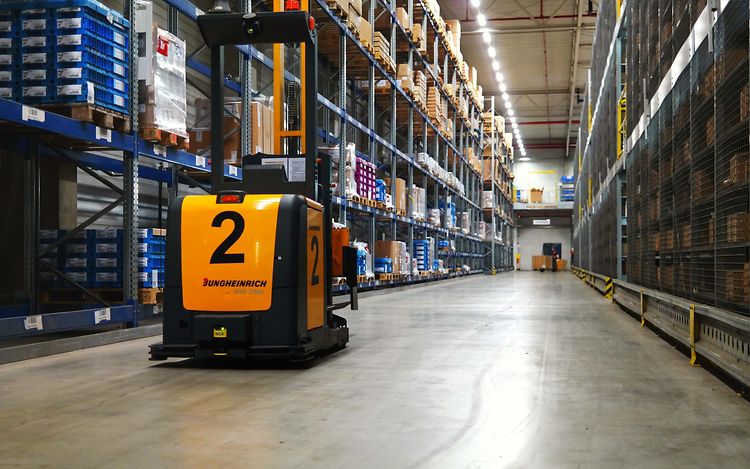-
VozíkyVozíky
Jungheinrich - řešení pro intralogistiku
-
SKLADOVÉ VOZÍKY
Vozíky
-
Nové vozíky
Nové vozíky
Vozíky
- Použité vozíky
- Pronájem vozíků
- Baterie / nabíječky / komponenty
-
Zakázková výroba
Vozíky
-
Reference
Vozíky
-
SKLADOVÉ VOZÍKY
-
RegályRegály
Jungheinrich - řešení pro intralogistiku
- Paletové regály
- Policové regály
-
Konzolové regály pro dlouhý materiál
Regály
-
Ocelová plošina
Regály
-
Výtahový regál LRK
Regály
-
Karuselový zakladač (paternoster)
Regály
-
Shuttle
Regály
-
Revize regálů
Regály
-
Reference
Regály
- Úložné systémy
-
AutomatizaceAutomatizace
Jungheinrich - řešení pro intralogistiku
-
Servis a službyServis a služby
Jungheinrich - řešení pro intralogistiku
-
Call4Service - objednání servisu online
Servis a služby
- Servis vozíků
- Originální náhradní díly
-
Servis logistických systémů
Servis a služby
-
Servis baterií a nabíječů
Servis a služby
- Bezpečnostní řešení
- Finanční služby Jungheinrich
-
Video manuály
Servis a služby
-
Návody k obsluze
Servis a služby
-
Call4Service - objednání servisu online
-
O násO nás
Jungheinrich - řešení pro intralogistiku
-
Vyhledávání pobočky
O nás
-
Historie firmy
O nás
- Kariéra
- Inovace & aspirace
-
Řešení pro Vás
Řešení pro Vás
O nás
- O čem se mluví
-
Tisk/akce
O nás
- Zákaznické akce
-
Společenská odpovědnost
O nás
-
Politika společnosti
O nás
-
ISO Certifikace
O nás
-
Vyhledávání pobočky
-
PROFISHOPPROFISHOP
Jungheinrich - řešení pro intralogistiku
-
Ruční paletové vozíky
PROFISHOP
-
Elektrické ruční vozíky
PROFISHOP
-
Ručně vedené elektrické VZV
PROFISHOP
-
Zvedací stoly a plošiny
PROFISHOP
-
Přepravní a transportní vozíky
PROFISHOP
-
Regály
PROFISHOP
-
Provoz
PROFISHOP
-
Úklid
PROFISHOP
-
Ruční paletové vozíky
-
Kontakty
